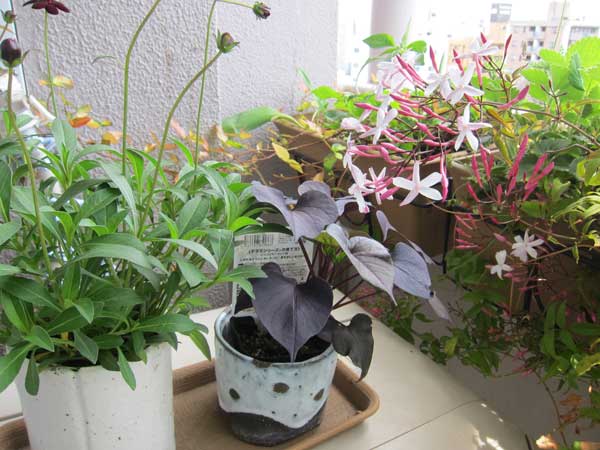
最近、不動産関係のコンサルティングをさせていただいているので、都市開発の魅力について考えています。東京の高級住宅はよくカタカナ英語を使います。けれども、日本のお客さまへのものなので、和製英語が多いですね。
Recently I am consulting for one of Japan’s largest real estate companies seeking to attract residents to a waterfront area that many might not have considered before. What makes an apartment or a neighborhood desirable? What architectural and landscape choices are most important? What are the trends today and in the future that drive consumer choice?
As an English speaker in Tokyo, I am also always drawn to the selective English language marketing, often an odd English name for the property. This building advertised in the Sendagaya JR station has a name that has a certain logic, but which also completely fails as an English language name.
Yes, Gro-bel is a shortened form of “Grow Best Life Stage.” It’s also the Japanese pronunciation of the word “global.” What was meant as optimistic, modern and international, instead comes off as bizarre, stilted, and heavy handed. In this context, using English is more decorative than functional or expressive.




